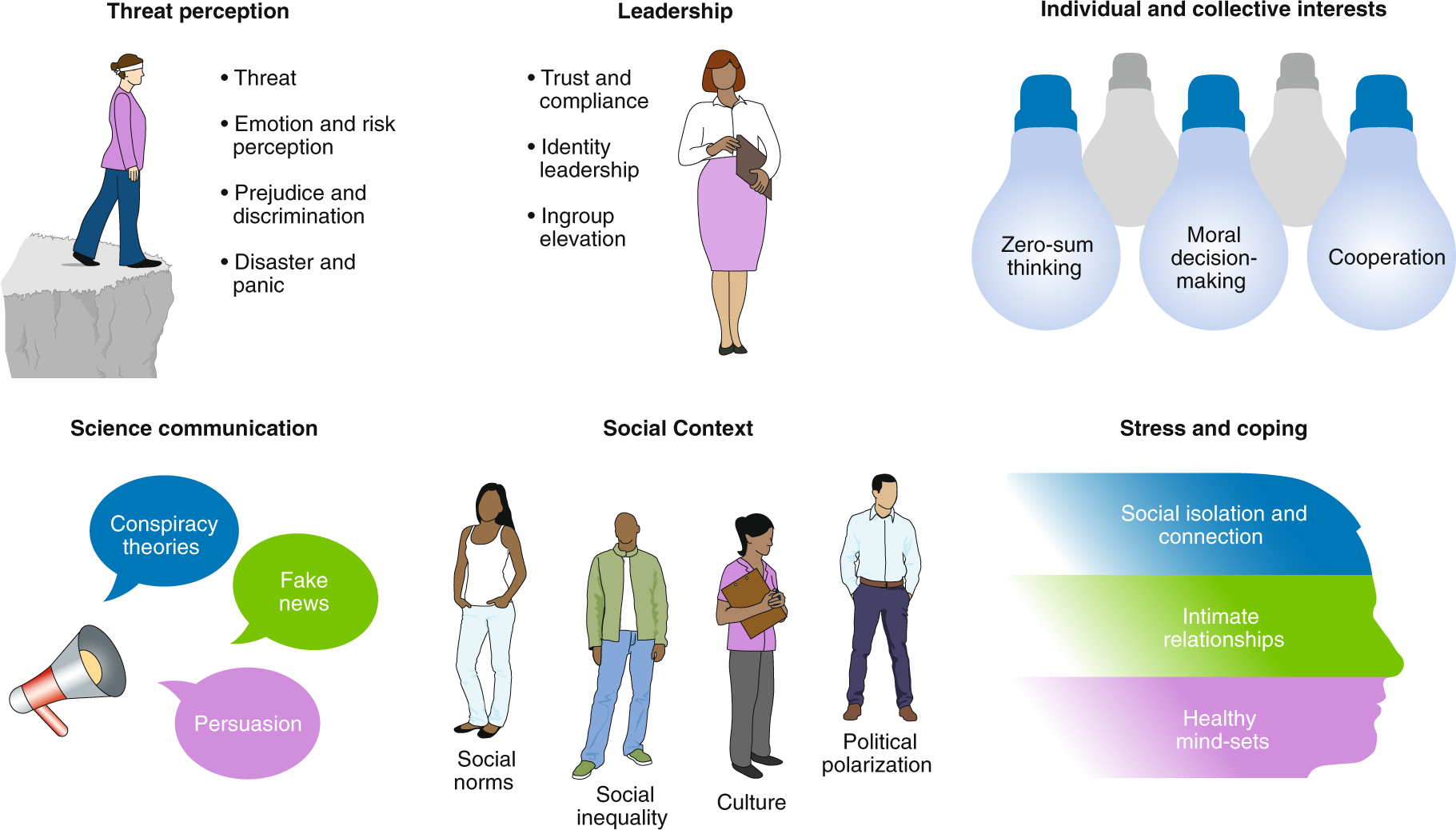
So, to help you out, here are some common issues and complaints that affect Jeeps and some tips on how to fix or even prevent them. This report is the first in a series examining the magnitude of the teacher shortage and the working conditions and other factors that contribute to the shortage.But knowing what pitfalls might lie ahead can help you be ready to deal with problems as they arise. Tell me about a time when you had to interact. Tell me about a time when you had to jump in to solve a problem, without a manager's guidance. Today, both IES and EnergyPlus are widely used BPS tools.Here are ten story prompts to get you started: 1. Integrated Environmental Solutions Virtual Environment (IES VE) is another comprehensive whole-building simulation tool that provides design professionals with a single software environment for a detailed assessment and optimization of building and system designs 17, 18.
Drop me a note to JedMenAlive.com (Be sure to respond to my spamarrest filter when. Tony, Happy to talk to you about trauma, healing, and my work. When indicators of teacher quality (certification, relevant training, experience, etc.) are taken into account, the shortage is even more acute than currently estimated, with high-poverty schools suffering the most from the shortage of credentialed teachers.Jed Diamond September 4th, 2017 at 1:34 PM.
According to the NCES, counts produced using the original weights would be overestimates. In addition to tackling these factors for all schools, we must provide extra supports and funding to high-poverty schools, where teacher shortages are even more of a problem.Update, October 2019: The National Center for Education Statistics (NCES) has announced that weights developed for the teacher data in the 2015–2016 National Teacher and Principal Survey (NTPS) were improperly inflated and that new weights will be released (release date to be determined). Education system’s goal of providing a sound education equitably to all children.What we can do about it: Tackle the working conditions and other factors that are prompting teachers to quit and dissuading people from entering the profession, thus making it harder for school districts to retain and attract highly qualified teachers: low pay, a challenging school environment, and weak professional development support and recognition. In addition, the fact that the shortage is distributed so unevenly among students of different socioeconomic backgrounds challenges the U.S. The teacher shortage makes it more difficult to build a solid reputation for teaching and to professionalize it, which further contributes to perpetuating the shortage. Lack of sufficient, qualified teachers and staff instability threaten students’ ability to learn and reduce teachers’ effectiveness, and high teacher turnover consumes economic resources that could be better deployed elsewhere.


Ies Ve 2017 Known Issues Code Below To
A lack of sufficient, qualified teachers threatens students’ ability to learn (Darling-Hammond 1999 Ladd and Sorensen 2016). Download imageThe teacher shortage has serious consequences. In other words, the shortage of teachers was projected to more than quadruple in just five years and the gap to remain at those 2017–2018 levels thereafter.Copy the code below to embed this chart on your website. But estimated projected demand soon exceeded the estimated supply and the projected gap grew sharply in just a handful of years—from around 20,000 in 2012–2013, to 64,000 teachers in the 2015–16 school year, to over 110,000 in 2017–2018.

4Figure C shows how the share of teachers without each of the quality credentials has grown since the 2011–2012 school year (building on the Department of Education’s Schools and Staffing Survey data from 2011–2012). Department of Education’s Educator Equity Profiles. These credentials also align with the federal definition of a “highly qualified” teacher, and the U.S.
According to research and to the U.S. Department of Education, highly qualified teachers have the following four credentials: They are fully certified (with a regular, standard state certificate or advanced professional certificate versus not having completed all the steps) they took a traditional route into teaching (participated in a traditional certification program versus an alternative certification program, the latter of which is defined in the teacher survey questionnaire as “a program that was designed to expedite the transition of nonteachers to a teaching career, for example, a state, district, or university alternative certification program”) they are experienced (have more than 5 years of experience) and they have a background in the subject of main assignment, i.e., they have a bachelor's or master's degree in the main teaching assignment field (general education, special education, or subject-matter specific degree) versus having no educational background in the subject of main assignment.Notes: Data are for teachers in public noncharter schools. According to research and to the U.S.


 0 kommentar(er)
0 kommentar(er)
